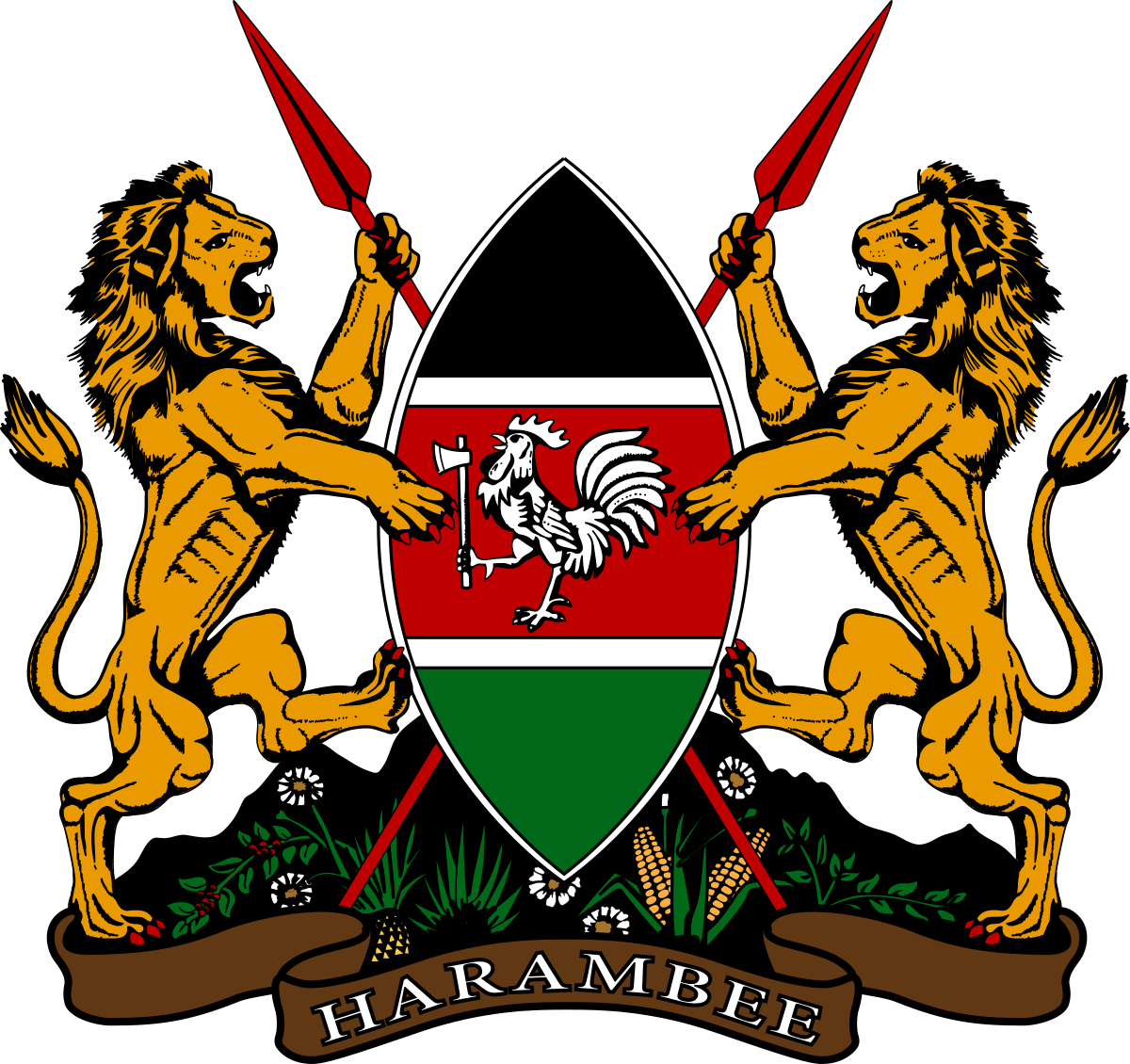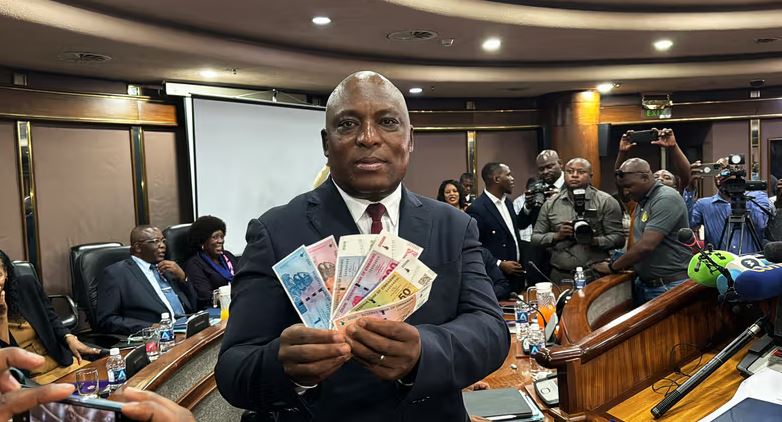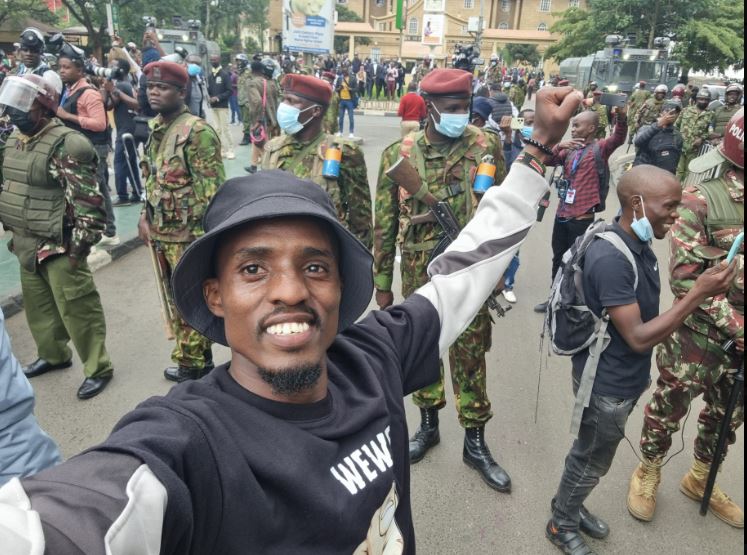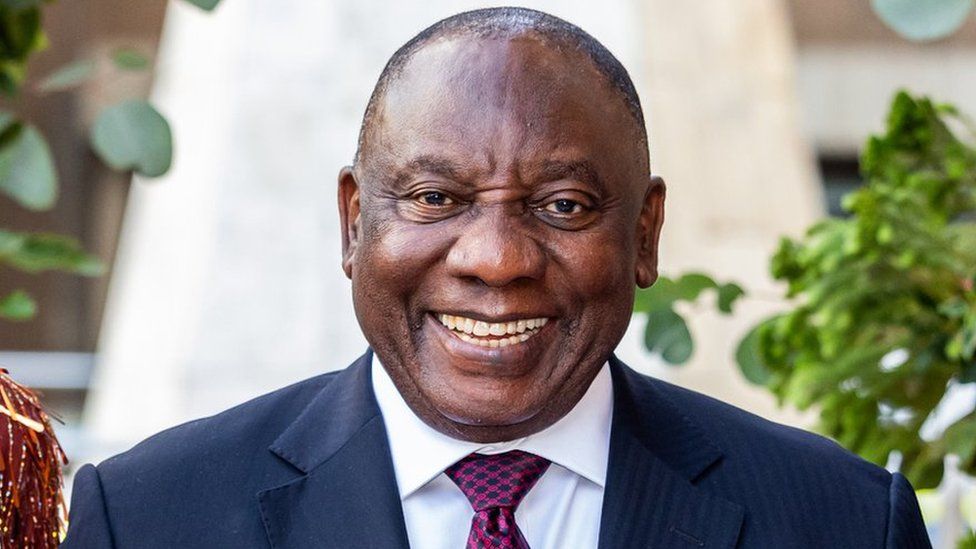Kenya has embarked on yet another attempt to make changes to its nine-year-old constitution. This attempt comes three months after a failed attempt by a 2017 presidential candidate.
The current attempt is being spearheaded by the ‘Building Bridges Initiative (BBI)’, a task force created in 2018 following the disputed 2017 Presidential election. The election was hotly contested between President Uhuru Kenyatta and Raila Odinga, an opposition leader and former Prime Minister.
The two reached an agreement after months of protests by opposition supporters, which culminated in Mr. Odinga proclaiming himself as “The People’s President.” Several opposition supporters were also killed in clashes with police. The BBI taskforce was a result of a deal reached between President Kenyatta and Mr. Odinga in 2018.
The task force report which was released to the public on 27th November proposes a raft of changes to the 2010 constitution that is aimed at promoting political inclusion as a means of ending electoral violence, promotion of national ethos, fight against corruption and strengthening devolution among other issues.
New Government Structure
To end ethnic antagonism and competition, the report proposes a change to the constitution that will see the country move from a ‘winner-take-all’ model of the presidency to a more consociational national model. The new model proposes a hybrid of a presidential and parliamentary system of government. If the advanced changes are adopted, Kenyans will see the return of the offices of Prime Minister and Official Leader of Opposition.
The president will remain the head of state, and commander-in-chief of the armed forces. He will appoint and chair the cabinet which will comprise of the Deputy President, Prime Minister, and Cabinet Ministers. The deputy president will be elected together with the president as his running mate. The Prime Minister will be appointed by the president from the party or coalition of parties with the majority in parliament. The prime minister must, however, be approved by parliament. He/she can also be fired by the president or removed from office through a vote of no-confidence in parliament.
Kenya has only had the position of Prime Minister twice since independence. The first time, it was held by Jomo Kenyatta between 1963 and 1964 when Kenya became a republic and opted for a presidential system. Following the disputed presidential elections of 2007 and the power-sharing deal reached after, Raila Odinga served as Prime Minister for a five-year term.
During the constitutional review process that resulted in the current constitution, there was an unsuccessful attempt to introduce a parliamentary system of government with the creation of the office of an Executive Prime Minister who would be the head of government, with the position of a ceremonial president.
Under the BBI proposal, the prime minister shall have authority over the supervision and execution of the day-to-day functions and affairs of the government. The report also proposes that the candidate who comes second in the presidential election will be nominated to parliament as leader of the official opposition, and will also be allowed to form a shadow cabinet.
Divisive Elections
In addition to the change in the composition of government as a cure to divisive elections, the report further proposes changes in the management of the electoral process. It recommends the replacement of all the current electoral commissioners with new ones who will serve on three-year contracts that can only be renewed once. The report also proposes harmonizing the criteria of recruiting returning officers with that of commissioners of the elections body.
Regarding the chairmanship of the electoral body which has previously been preserved for lawyers, the report proposes opening up the position to anyone with at least 15 years of experience in management at a senior level. The report also suggests that the chairman of the electoral body should be it’s Chief Executive Officer (CEO). The past two elections have seen CEOs of the electoral body dismissed over allegations of corruption in the process of procurement of election materials.
Fight against Corruption
Regarding the fight against corruption, the report suggests the creation of laws that will promote whistleblowing. Among the suggestions is giving rewards of five-percent of recovered proceeds to persons giving information on corrupt deals, and enhancing freedom of the media and whistleblowers to report on corruption. The report also proposes a ban on public servants from doing business with the government, and reintroduction of ethics and civics at all levels of government.
Strengthening Devolution
Since 2013, Kenya has a two-tier government. The national government headed by the president and 47 regional governments known as ‘counties’ which are headed by governors. In the recent past, there have been spats between leaders of the national and county governments over revenue division between the two levels of government. To address this, the report proposes the enactment of laws that will ensure that counties get at least 35 percent of the last audited accounts. The report further suggests that the distribution of resources between the counties be based on population rather than the size of the administrative units.
In a move that’s widely seen as progressive, the report suggests that the running mate for every candidate in the position of the governor be of the opposite gender. Following the 2017 elections, Kenya had it’s first set of three female governors (unfortunately one died). In the previous term, all 47 governors were men.
Emerging Cracks
While most of the proposals in the BBI report do not require a change in the constitution to initiate, the restructuring of the model of government will require changes to the country’s supreme law to effect. These changes were already a source of conflict just a day after the launch of the report. While the Deputy President had suggested the changes be made through a parliamentary process and consensus to avoid putting the country in another divisive electoral mood, Mr. Odinga, members of parliament allied to him, and those allied to the president have opposed the idea insisting that the process must go through a referendum.
If this is anything to go by, it looks like the BBI report might have managed to build bridges between Mr. Odinga, President Kenyatta, and their supporters, the process did not succeed in building bridges with Mr. Ruto who is running to succeed Kenyatta in 2022, and his supporters.
With these emerging cracks, it remains to be seen if this report will eventually be successfully implemented. Whether through a parliamentary process or a national referendum and if the proposed inclusive government structure will finally slay the dragon of electoral violence.



